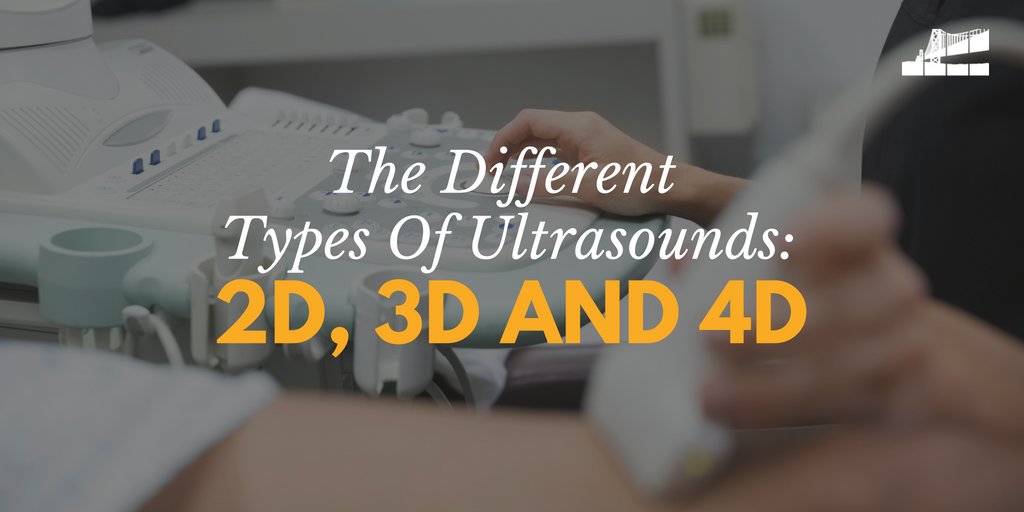The way most people think of ultrasounds as an imaging procedure performed on pregnant women to determine the sex of their baby. While this is certainly a common use for ultrasound technology, ultrasounds are a valuable diagnostic tool that can be used to detect a variety of medical issues.
There are also different types of ultrasounds, such as 3D and 4D ultrasounds, which show a different perspective than the ordinary 2D ultrasounds. In this blog, we’d like to take the time to talk a little about the different types of ultrasounds available and their different uses.
What Is An Ultrasound?
Before we talk about the different types of ultrasounds, let’s do a quick overview on what an ultrasound is. The first thing you should know is that there is no difference between sonograms and ultrasounds. An ultrasound scan, also known as a sonogram, is a method that obtains images of internal organs through the use of high-frequency sound waves and without the need for radiation. An ultrasound scan can identify masses (such as breast cancer), fibroids, kidney stones, causes of uterine bleeding, or the sex and health condition of a fetus.
Different Types Of Ultrasounds
As technology has advanced, new ultrasound methods have emerged, such as 3D and 4D ultrasounds. Although 2D ultrasounds are typically sufficient to diagnose a medical issue or to measure baby sex, development, and health, the new 3D and 4D ultrasounds offer more visibility than regular 2D ultrasounds, which only show a flat image on a screen.
Difference Between 3D And 4D Ultrasounds
While 2D ultrasounds are still considered the standard in both diagnostic and maternity cases, many parents find the option of requesting a 3D or 4D ultrasound very appealing as these allow them to see a more “realistic” image of their baby.
The main difference between 3D and 4D ultrasounds is that a 4D ultrasound provides a live video of the baby rather than just a series of 3D images. Another difference is that 3D ultrasounds can be used to identify some medical concerns that 2D ultrasounds cannot capture, such as a cleft lip — 4D ultrasounds offer little to no medical advantage that a 3D ultrasound can’t capture. Because of this, it can be very impractical for doctors and OB-GYNs to even have 4D ultrasounds available.
It’s important to remember that while 4D ultrasounds are innovative and “cool,” especially for parents wanting a prenatal video, ultrasounds are only to be used for medical purposes. For example, be wary of shopping-centers offering 4D ultrasounds to pregnant women. These facilities often do not hire specialized radiologists and have sub-standard equipment that could damage the health of the baby and the mom.
More Information
If you’re a parent interested in receiving a 3D or 4D ultrasound for a scheduled prenatal screening, be sure to ask your physician whether it’s okay that you do and whether they have the equipment in their office. We hope this little run-down on the different types of ultrasounds have been useful! If you would like to learn more about ultrasounds, or if you would like to schedule an appointment for an ultrasound, please feel free to contact us today!

